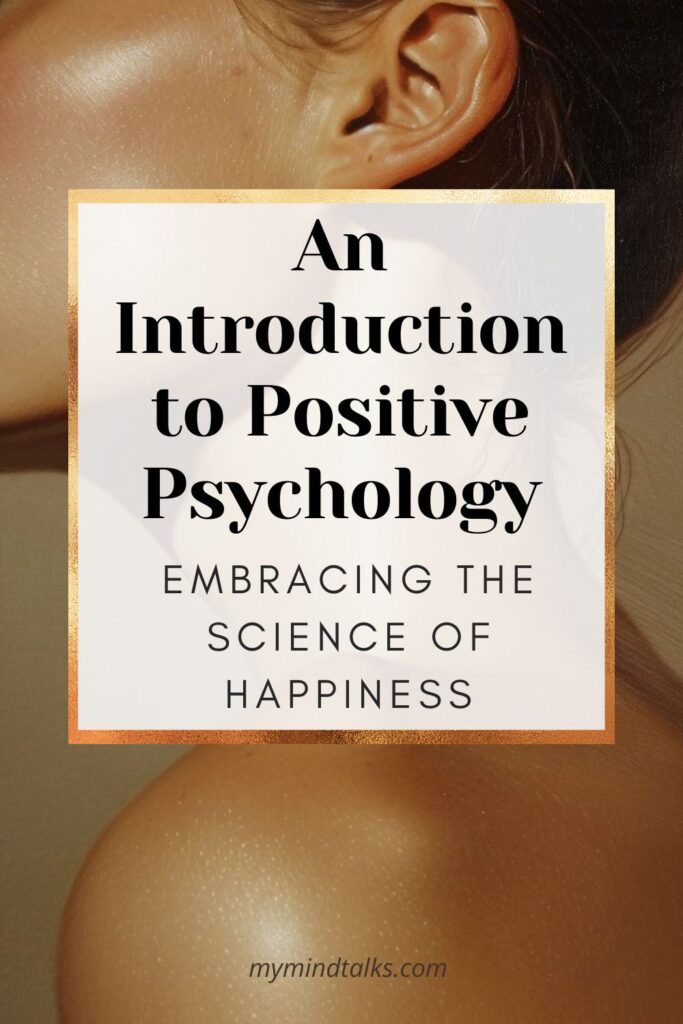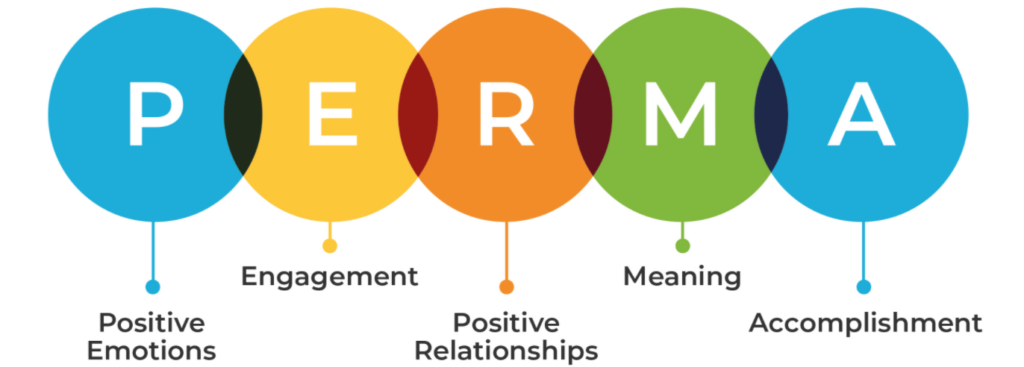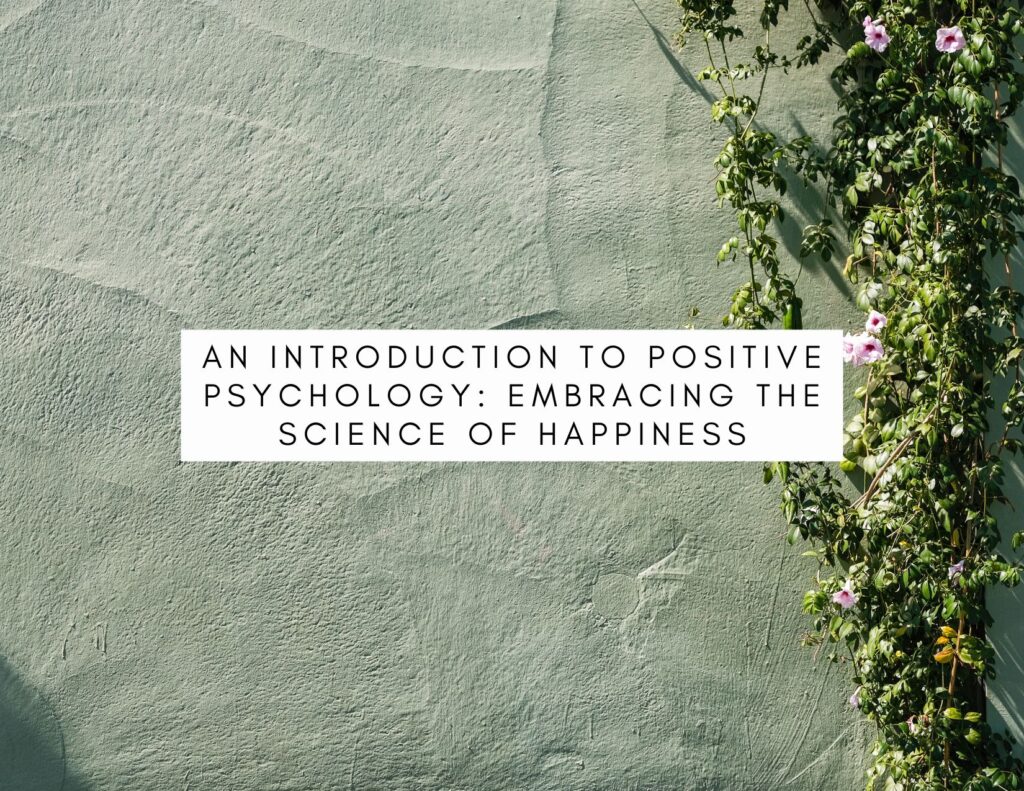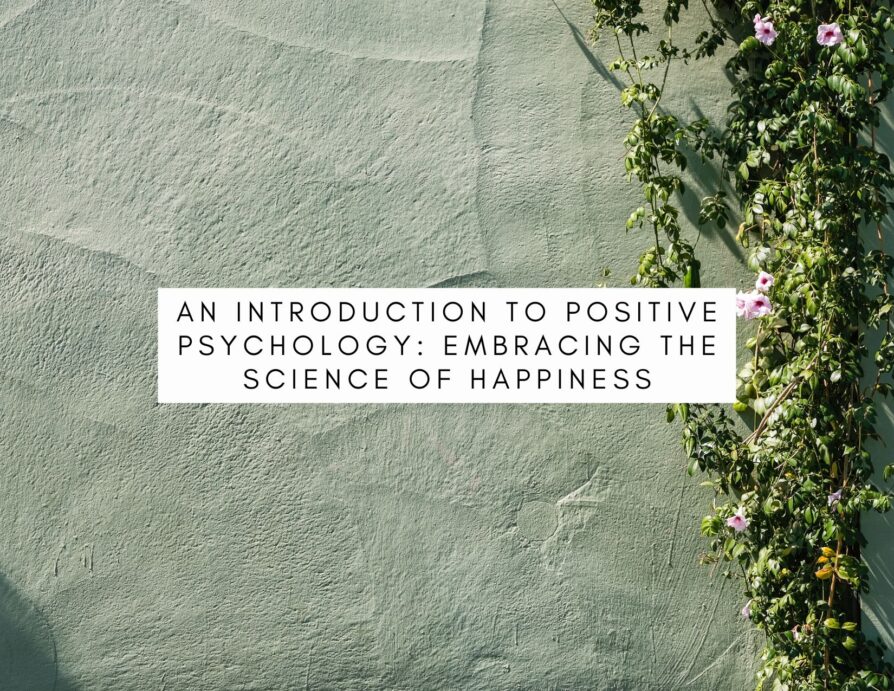Have you ever wondered why some people seem to bounce back from life’s challenges with remarkable resilience while others struggle? Or why focusing on the good things in your life can genuinely improve your mental health? These questions sit at the heart of positive psychology, a fascinating field that’s changing how we think about happiness and well-being.
I remember when I first stumbled upon positive psychology during a particularly challenging time in my life. Rather than focusing on what was wrong, I learned to redirect my attention to my strengths and possibilities. The shift wasn’t just refreshing – it was transformative.
In this guide, we’ll explore what positive psychology is all about, how it differs from traditional psychology, and most importantly, how you can apply its principles to create a more fulfilling life. Whether you’re dealing with everyday stress or looking to elevate your already good life to great, positive psychology offers evidence-based strategies that actually work.

What Is Positive Psychology?
Positive psychology is the scientific study of what makes life worth living. Unlike traditional psychology, which often focuses on mental illness and dysfunction, positive psychology examines the positive aspects of human experience – happiness, flourishing, meaning, and strengths.
But don’t mistake this for fluffy “think positive” mantras or unrealistic optimism. Positive psychology is rooted in rigorous scientific research, providing evidence-based strategies to enhance well-being rather than just treating mental illness.
Dr. Martin Seligman, often considered the father of positive psychology, launched this movement in 1998 during his presidency of the American Psychological Association. Frustrated with psychology’s overwhelming focus on mental illness, Seligman advocated for a more balanced approach that also studied human thriving.
“Psychology is not just the study of weakness and damage; it is also the study of strength and virtue,” Seligman famously stated. His work, along with that of other pioneering researchers like Mihaly Csikszentmihalyi and Christopher Peterson, laid the groundwork for this revolutionary field.
How Positive Psychology Differs from Traditional Psychology
To understand positive psychology’s unique contribution, it helps to look at how it differs from traditional approaches:
| Traditional Psychology | Positive Psychology |
|---|---|
| Focuses primarily on mental illness and disorders | Focuses on strengths, virtues, and factors that help people thrive |
| Aims to move patients from suffering to normal functioning | Aims to move people from normal functioning to flourishing |
| Emphasizes fixing what’s wrong | Emphasizes building what’s right |
| Often reactive (responding to problems) | Often proactive (building resources before problems arise) |
| Therapeutic focus on past traumas | Focus on present strengths and future possibilities |
Both approaches are valuable and complementary. Traditional psychology excels at treating mental illness, while positive psychology offers strategies for enhancing well-being whether you’re struggling or already doing well.
The Core Principles of Positive Psychology
Positive psychology operates on several key principles that form the foundation of its approach to human flourishing. Let’s explore these core concepts:
1. The PERMA Model
One of Seligman’s most influential contributions is the PERMA model, which identifies five essential elements of psychological well-being:
- Positive Emotions: Experiencing feelings like joy, gratitude, serenity, interest, hope, pride, amusement, inspiration, awe, and love.
- Engagement: Becoming completely absorbed in activities that use your skills and challenge you appropriately (similar to the concept of “flow”).
- Relationships: Building and maintaining positive connections with others.
- Meaning: Belonging to and serving something bigger than yourself.
- Accomplishment: Pursuing success, achievement, and mastery for their own sake.
I’ve found that when I’m feeling off-balance, checking in with these five elements often reveals where I might need to focus my attention. Maybe I’ve been working too much and neglecting my relationships, or perhaps I’ve lost sight of the meaning behind my daily activities.

2. Character Strengths and Virtues
Another cornerstone of positive psychology is the identification and cultivation of character strengths. Researchers Peterson and Seligman developed a classification of 24 character strengths organized under six broad virtues:
- Wisdom: Creativity, curiosity, judgment, love of learning, perspective
- Courage: Bravery, perseverance, honesty, zest
- Humanity: Love, kindness, social intelligence
- Justice: Teamwork, fairness, leadership
- Temperance: Forgiveness, humility, prudence, self-regulation
- Transcendence: Appreciation of beauty, gratitude, hope, humor, spirituality
Understanding and leveraging your signature strengths – those character strengths that come most naturally to you – can significantly enhance your well-being and life satisfaction.
3. The Role of Positive Emotions
Barbara Fredrickson’s “broaden-and-build” theory suggests that positive emotions do more than just make us feel good momentarily – they actually expand our awareness and build lasting psychological, intellectual, social, and physical resources.
For example, joy sparks the urge to play, interest triggers the desire to explore, contentment makes us savor current circumstances, and love creates recurring cycles of each of these urges. Over time, these expanded thought-action repertoires build skills and resources that enhance our resilience and well-being.
Practical Applications of Positive Psychology
The beauty of positive psychology lies in its practicality. Here are some evidence-based interventions you can start implementing today:
Gratitude Practices
Gratitude is one of the most researched and powerful positive psychology interventions. Studies show that regularly counting your blessings can:
- Increase positive emotions
- Reduce symptoms of depression
- Improve sleep quality
- Enhance relationships
- Boost overall life satisfaction
Try keeping a gratitude journal, writing down three things you’re thankful for each day. I started this practice five years ago, and even on my worst days, it helps me maintain perspective and find silver linings.
Strengths-Based Living
Instead of focusing primarily on fixing weaknesses, positive psychology encourages identifying and leveraging your natural strengths. You can take the free VIA Character Strengths Survey online to discover your signature strengths, then find new ways to apply them in your daily life.
When I discovered that “appreciation of beauty and excellence” was one of my top strengths, I started deliberately taking time to notice beautiful things around me – from striking architecture to a perfectly brewed cup of coffee. This simple practice has added richness to my everyday experiences.
Mindfulness and Savoring
Mindfulness – paying attention to the present moment without judgment – helps us fully experience positive emotions and reduce rumination about the past or worry about the future. Savoring takes this a step further by deliberately enhancing and prolonging positive experiences.
You might practice savoring by fully engaging your senses when eating your favorite food, taking a mental photograph of a beautiful moment, or sharing your positive experiences with others.

Building Positive Relationships
Positive relationships are perhaps the most consistent predictor of happiness across cultures and age groups. Positive psychology offers several strategies for enhancing connections:
- Active-constructive responding: Responding enthusiastically when others share good news
- Expressing gratitude: Regularly telling others what you appreciate about them
- Acts of kindness: Performing unexpected considerate gestures for others
- Quality time: Prioritizing distraction-free time with loved ones
I’ve found that even small adjustments in how I respond to others – like putting down my phone and showing genuine interest when a friend shares a success – can significantly strengthen my relationships.
Positive Psychology in Various Life Domains
The principles of positive psychology can be applied across multiple areas of life:
In the Workplace
Organizations are increasingly incorporating positive psychology principles to create healthier, more productive work environments. Approaches include:
- Strengths-based feedback and development
- Recognition programs that celebrate achievements
- Work design that increases autonomy and meaning
- Leadership practices that foster psychological safety
Companies like Google, Microsoft, and Adobe have implemented positive psychology programs with promising results in employee engagement and performance.
In Education
Positive education integrates academic learning with character development and well-being. Schools adopting this approach teach:
- Resilience skills
- Growth mindset
- Character strengths
- Emotional regulation
- Positive relationships
Research shows these programs can improve not only student well-being but also academic performance and behavior.
In Healthcare
Positive psychology complements traditional medical care by:
- Enhancing patient-provider relationships
- Promoting health behaviors through strengths-based approaches
- Using positive psychology interventions as adjuncts to treatment
- Focusing on post-traumatic growth and resilience
For instance, some cancer treatment centers now incorporate gratitude practices, humor therapy, and meaning-making interventions alongside conventional treatments.
Common Questions About Positive Psychology
Is Positive Psychology Effective for Depression and Anxiety?
Positive psychology interventions are not designed to replace evidence-based treatments for clinical depression or anxiety. However, research suggests they can effectively complement traditional therapies.
For example, practicing gratitude and using character strengths can help reduce depressive symptoms when used alongside cognitive-behavioral therapy (CBT) or medication. These approaches build positive resources that can help prevent relapse and enhance recovery.
If you’re dealing with depression or anxiety, I’d recommend working with a qualified mental health professional who can integrate positive psychology techniques into a comprehensive treatment plan.
Can Anyone Benefit from Positive Psychology?
Absolutely! One of positive psychology’s key strengths is its universal applicability. Whether you’re struggling with challenges or already feeling good, these practices can help you move toward greater flourishing.
That said, the specific interventions that work best may differ based on your circumstances, culture, personality, and preferences. What feels meaningful and helpful for one person might not resonate with another, so experimentation is key.
Is Positive Psychology Just “Positive Thinking”?
This is a common misconception. Positive psychology is not about denying negative emotions or forcing yourself to “think positive” regardless of circumstances. In fact, researchers in this field recognize that negative emotions serve important functions and forcing positivity can be counterproductive.
Instead, it encourages a more balanced perspective that makes room for the full range of human emotions while building the capacity for greater well-being. It’s about adding more tools to your psychological toolkit, not throwing away the existing ones.
Getting Started with Positive Psychology
Ready to implement positive psychology in your life? Here are some simple steps to begin:
- Take a strengths assessment: Discover your signature character strengths by taking the free VIA Survey online.
- Start a gratitude practice: Each night, write down three good things that happened during your day and why they occurred. Here are some cute gratitude journals.
- Practice mindful moments: Set aside 5-10 minutes daily for mindfulness meditation, or simply take brief “mindful breaks” throughout your day.
- Perform acts of kindness: Do something nice for someone else – research shows this benefits the giver as much as the receiver.
- Set meaningful goals: Identify goals that align with your values and strengths, then break them down into manageable steps.
Read: How To Manage Your Time Like A Pro With 9 Easy Questions
Remember, consistency matters more than perfection. I’ve found that integrating even small positive psychology practices into my daily routine – like taking 30 seconds to savor my morning coffee or noting three good things before bed – can create meaningful shifts over time.

Resources to Explore Further
If you’re interested in diving deeper into positive psychology, here are some excellent resources:
Books
- “Authentic Happiness” by Martin E.P. Seligman
- “The Happiness Advantage” by Shawn Achor
- “Flourish” by Martin E.P. Seligman
- “Flow: The Psychology of Optimal Experience” by Mihaly Csikszentmihalyi
Online Courses
- Coursera’s “Foundations of Positive Psychology” specialization
- Yale’s “The Science of Well-Being” (available on Coursera)
Tools
- The Five Minute Journal for daily gratitude practice
- Happify app for activities based on positive psychology research
- VIA Character Strengths Survey (free online)
Embracing the Journey Toward Well-Being
Positive psychology reminds us that well-being isn’t a destination but a journey – one that involves continuous growth, learning, and practice. The field itself continues to evolve, with researchers exploring new questions about what helps humans flourish.
What I find most compelling about positive psychology is that it’s simultaneously optimistic and realistic. It acknowledges life’s difficulties while providing evidence-based tools to navigate challenges and enhance the good in our lives.
As you explore these concepts and practices, remember that small changes can lead to significant shifts over time. You don’t need to overhaul your entire life to experience the benefits of positive psychology. Start where you are, with what you have, and build from there.
I’d love to hear about your experiences with positive psychology. Which practices resonate most with you? What questions do you still have? Share your thoughts in the comments below, and let’s continue this conversation about creating lives of greater meaning, engagement, and fulfillment.
Please share or pin it to help me grow this blog!
Read more:
10 Tips For Creating A Productive Workspace At Home
38 Things To Do With Your Blank Notebook To Feel Amazing
7 Reasons Why Introverts Are Important In Business And How To Excel In It


